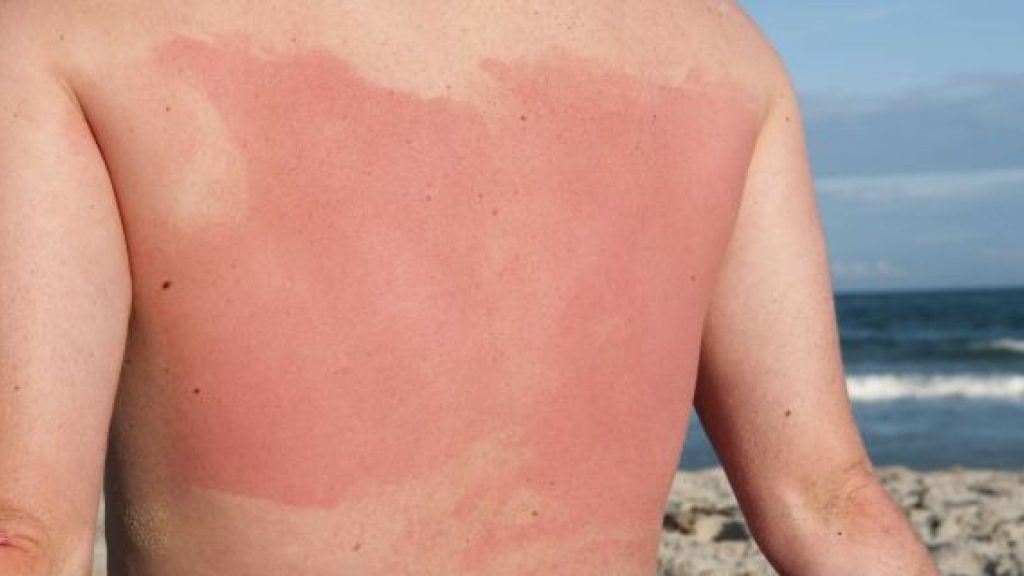PART 2:
Summertime is all about fun in the sun and the great outdoors. It’s no wonder that this could unveil a number of rashes that are specifically induced by exposure to the sun. Here are a few:
Phototoxicity–redness and inflammation of the skin similar to an exaggerated sunburn can be induced by certain oral medications. The most common culprits are diuretics such as thiazides and furosemide, as well as antibiotics such as tetracycline. Besides oral agents, phototoxicity can be caused by topical agents. Have you heard of a “margarita rash”? This occurs when skin comes into contact with limes or lime juice and is then exposed to sunlight. The resulting rash consists of red, inflamed skin which can heal with a persistent brown blotch.
Polymorphous Light Eruption– is a common itchy rash in certain individuals, many times running in families, worse in the spring and can improve as the summer goes on.
Connective Tissue Disease– medical conditions such as lupus and dermatomyositis , for example, can exhibit sun sensitivity.
To prevent sun induced rashes, discontinue the offending agent if there is one. Avoid exposure to the sun with protective clothing, sunglasses, and sunscreen. For evaluation of the cause and for treatment come see us at Sutton Dermatology.
Written by Margaret Kontras Sutton, M.D.




Leave a Reply